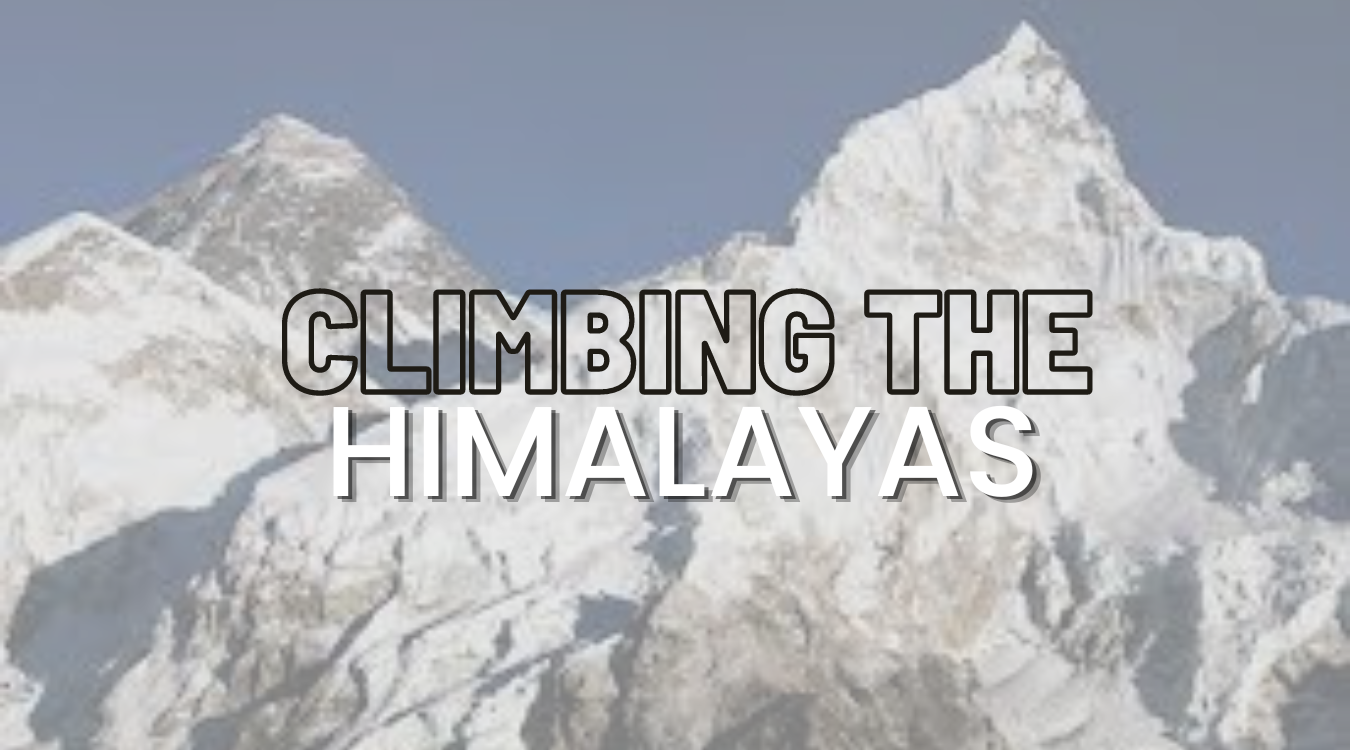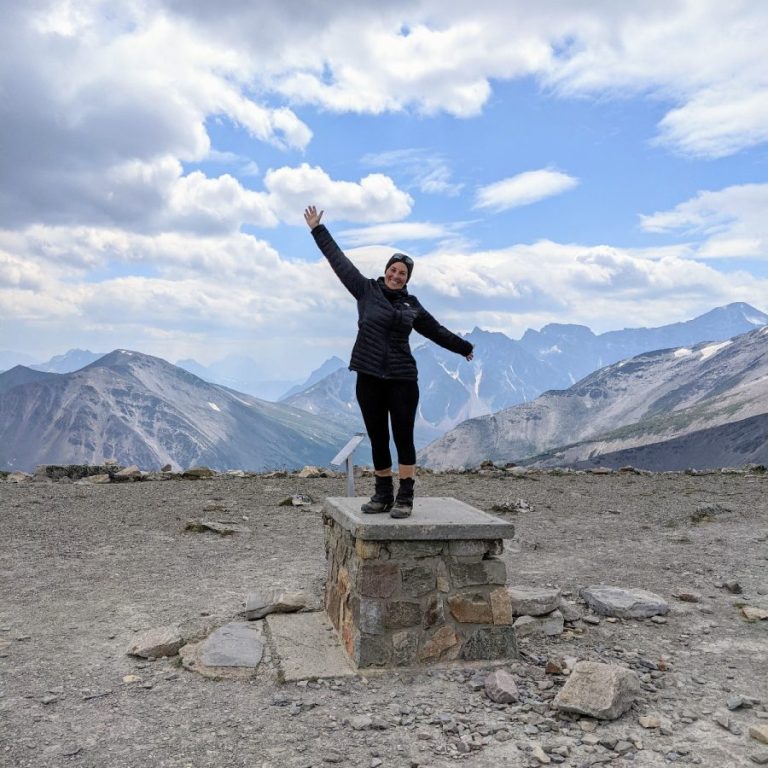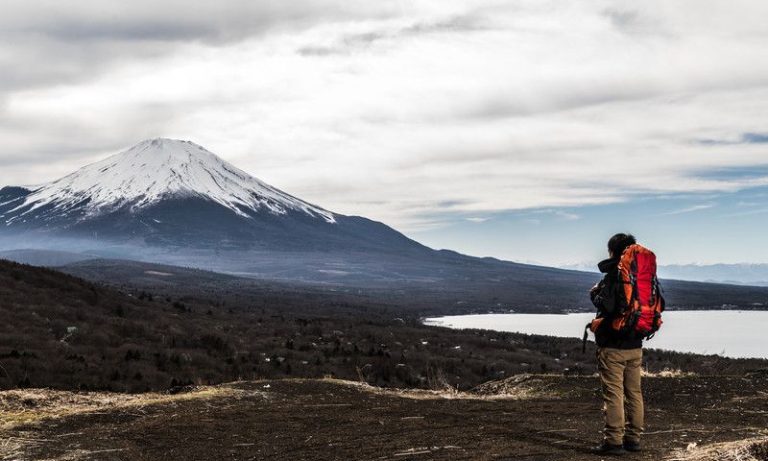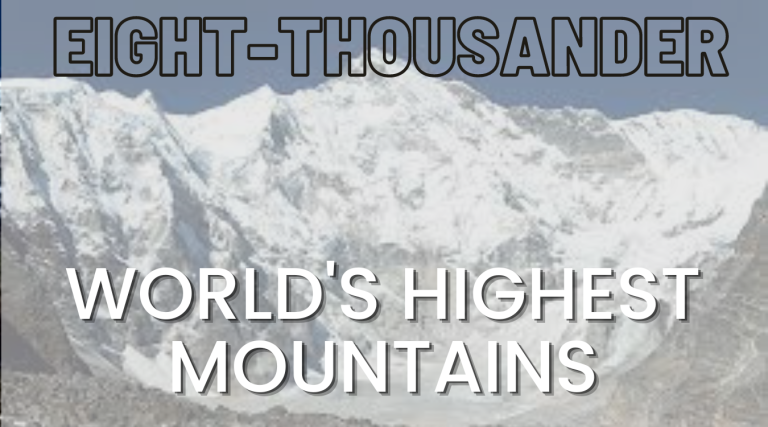Climbing the Himalayas: A Guide to the World’s Tallest Peaks
Introduction
The Himalayas are the world’s highest mountain range, boasting some of the most breathtaking and challenging peaks for climbers. From Mount Everest to K2, these mountains have drawn climbers from around the world to test their skills and push themselves to the limit. However, climbing the Himalayas is not a simple feat, and it requires careful planning, training, and preparation to ensure a safe and successful ascent.
The Himalayas: A Brief Overview
The Himalayas stretch across five countries: Bhutan, India, Nepal, China, and Pakistan, covering a distance of over 2,400 kilometers. This vast range comprises hundreds of peaks, with the highest peaks exceeding 8,000 meters above sea level. Some of the most popular peaks for climbers include Mount Everest, K2, Cho Oyu, and Lhotse.
Choosing the Right Peak
Before embarking on a Himalayan climb, it is essential to choose the right peak based on your experience, skill level, and objectives. While some peaks are suitable for experienced climbers, others are more suitable for those with less experience. It is crucial to research and understand the peak’s terrain, altitude, and climate conditions to ensure that you are well-prepared for the climb.
Training and Preparation
Climbing the Himalayas requires a high level of physical fitness and endurance. Climbers must train extensively for several months before the climb to develop strength, stamina, and acclimatization to high altitudes. Additionally, climbers must pack appropriately and carry essential gear such as climbing ropes, helmets, crampons, ice axes, and oxygen tanks.
Climbing Techniques
Climbing the Himalayas requires a combination of different techniques, including rock climbing, ice climbing, and mountaineering. Climbers must have a strong understanding of these techniques and be prepared to face the challenges posed by different types of terrain, including steep slopes, crevasses, and glaciers.
Acclimatization
Acclimatization is a crucial aspect of climbing the Himalayas. As climbers ascend to higher altitudes, the air becomes thinner, making it harder to breathe. Climbers must take adequate time to acclimatize to the altitude and minimize the risk of altitude sickness, which can be life-threatening.
Choosing a Climbing Route
The Himalayas offer several climbing routes, each with its own unique challenges and rewards. It is crucial to research and choose the right route based on your skill level, objectives, and experience. Additionally, climbers must consider factors such as weather, terrain, and the availability of resources before choosing a climbing route.
Safety Precautions
Climbing the Himalayas is a dangerous activity that poses several risks, including avalanches, altitude sickness, and falls. Climbers must take adequate safety precautions to minimize the risks and ensure a safe climb. This includes wearing appropriate gear, climbing with experienced guides, and having a well-defined emergency plan in place.
The Environmental Impact of Climbing
Climbing the Himalayas can have a significant impact on the environment, including causing soil erosion, deforestation, and pollution. Climbers must take adequate measures to minimize their impact on the environment, such as carrying their trash, using renewable energy sources, and respecting the local culture and customs.
Conclusion
Climbing the Himalayas is a challenging and rewarding experience that requires careful planning, training, and preparation. It is essential to choose the right peak, train extensively, and take adequate safety precautions to ensure a safe and successful climb. Additionally, climbers must consider the environmental impact of their climb and take adequate measures to minimize their impact on the environment.
FAQs
What is the best time of year to climb the Himalayas?
The best time to climb the Himalayas is during the spring (March to May) and autumn (September to November) seasons when the weather is generally stable, and the skies are clear. However, climbers must be prepared to face sudden weather changes and snowstorms, even during these seasons.
How much does it cost to climb the Himalayas?
Climbing the Himalayas can be an expensive endeavor, with costs ranging from $30,000 to $100,000 depending on the peak, climbing route, and level of service required. This includes the cost of permits, equipment, guides, and logistics.
What is altitude sickness, and how can it be prevented?
Altitude sickness is a condition that occurs when climbers ascend to high altitudes too quickly, causing a lack of oxygen in the body. Symptoms include headaches, nausea, dizziness, and fatigue. Altitude sickness can be prevented by ascending slowly and allowing time for acclimatization, staying hydrated, and avoiding alcohol and smoking.
Is it necessary to climb with a guide?
Climbing the Himalayas is a dangerous activity that requires a high level of skill and experience. Climbing with an experienced guide is highly recommended, as they can provide valuable knowledge and support during the climb, ensure safety, and minimize the risks.
How can climbers minimize their impact on the environment?
Climbers can minimize their impact on the environment by carrying their trash, using renewable energy sources such as solar panels and wind turbines, respecting the local culture and customs, and avoiding damaging the flora and fauna. Additionally, climbers can support local conservation efforts by contributing to local organizations and initiatives.





